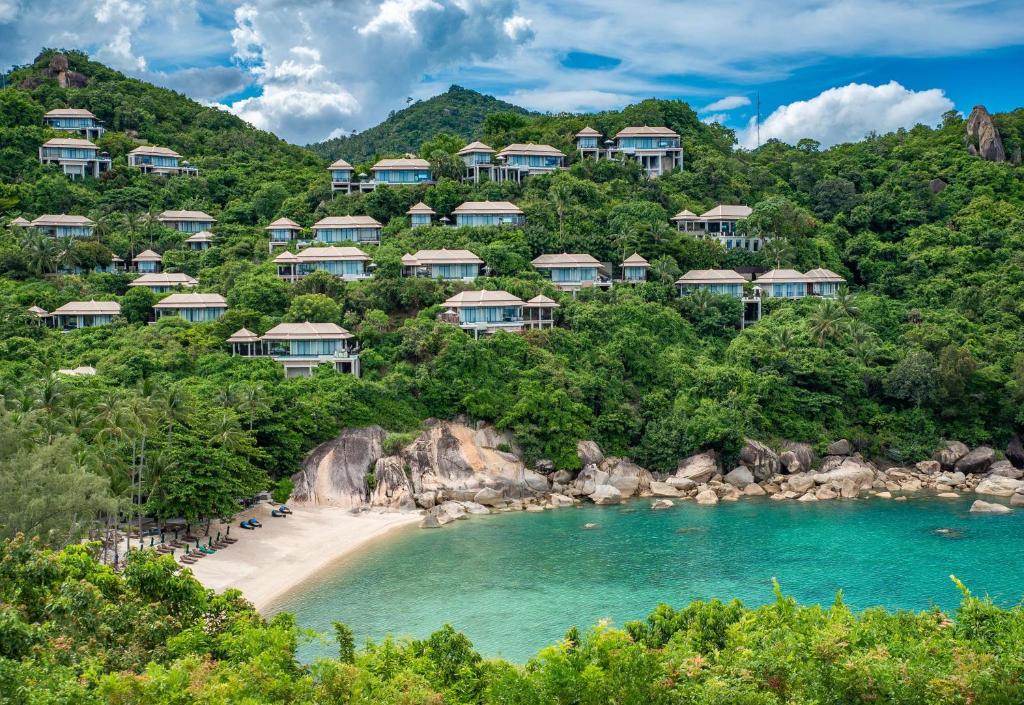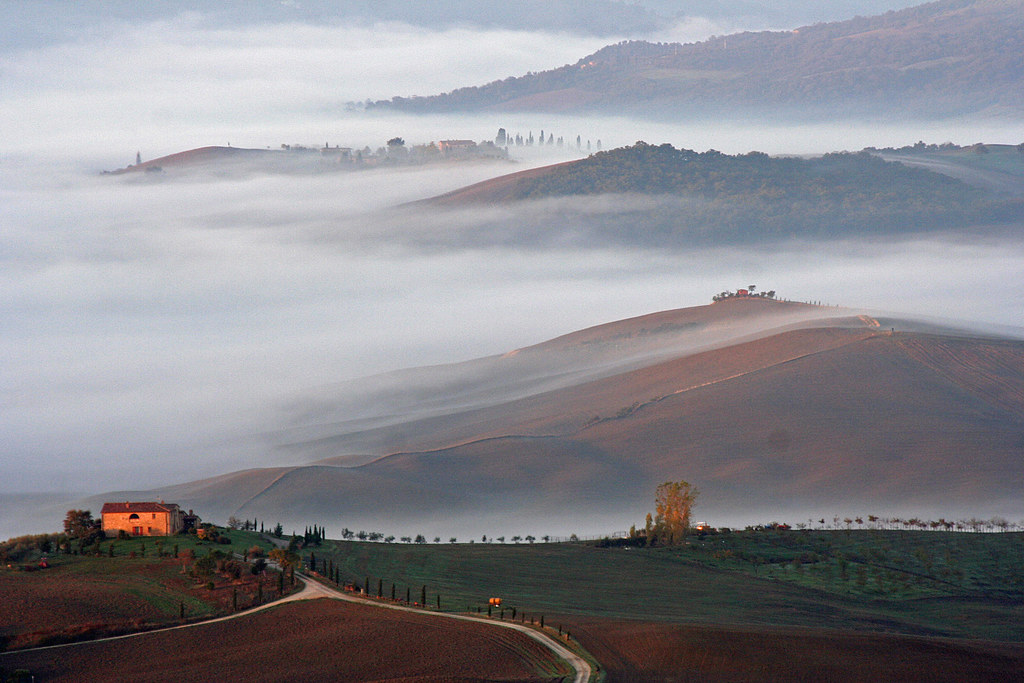Part of the untold story of Australia’s little ships and the old men and boys who went to war in them.
Words: Roderick Eime
The quiet of the balmy tropical evening sky was disturbed by the distant drone of aircraft engines. The tiny convoy of just-as-tiny ships had dropped anchor and were about to begin the frantic task of unloading their cargo of valuable supplies for the Allied campaign that was due to start the next day.
It was mid-November 1942 and things were critical for the Allied forces who were just coming off the back foot in their fight against the all-conquering Japanese. Australian land forces under the command of controversial General Thomas Blamey were enjoying some measure of success after driving the Japanese infantry back from the threshold of Port Moresby, across the now legendary Kokoda Track to their stronghold of Buna-Gona on the northern shore.
But right now, a rapidly rising dread was sweeping over the crews and their uniformed passengers as it was realised the sound was coming from a flight of 17 Zero fighters that had spotted them, unescorted, just offshore from their beachside supply base at Hariko, a stone’s throw east from Japanese defences around Buna.
Packed into the holds of the tiny vessels were tons of crucial ammunition and supplies for the US and Australian forces who were poised to begin their assault on the entrenched enemy on the beach and in the swamps and plantations along the shore. There was no time to unload the many crates and boxes and the canoes being paddled out to collect the cargo, quickly about-faced and made a beeline for the shore and the cover of jungle.
Many of the soldiers crowded on the decks could not swim and instead took cover wherever they could behind the crates and below decks. Papuan deckhands neatly slipped over the sides and into the water while the skippers tried to run their vessels through the reefs and onto the beach.
With practised precision, the Zeroes bunched up into groups of three and four aircraft and peeled off one by one to begin their lethal strafing runs over the near-helpless boats. Soldiers cocked their rifles and the solitary machine guns awkwardly installed on the decks sent bursts of futile fire in the direction of the swooping attackers.
Before their hurried conscription into logistic service with the US Army’s Small Ships section, these vessels had enjoyed relatively benign careers as fishing trawlers, private yachts and ferries. The two-masted schooner, Alacrity, was the largest in the bay that evening and carried almost 200 of the around 300 persons in the little convoy, including a field hospital and its supplies as well as 100 tons of vital ammunition, part of the overflow was in a barge it towed. The smaller former fishing trawler Minnamurra was likewise packed, as was the ex-Sydney fishing boat, Bonwin. The fourth vessel was a captured Japanese barge left behind by the Japanese during their failed attempt to capture Milne Bay, three months prior. It carried two 25-pounder field guns, their crew and loads of ammunition.
Many of the passengers that evening were important officers who would command the ensuing campaign including General Forrest Harding and an Army observer from Douglas MacArthur’s headquarters in Sydney’s Grace Hotel, Colonel Herbert Laux. Aboard the Minnamurra was acclaimed Daily Mirror war correspondent, Geoffrey Reading, and his friend and ship controller, US Army Captain Jack Keegan. Australian photographers Frank Bagnall and Tom Fisher were also members of the media along for the ride, chaperoned by former journalist and now army captain, Keith Black, attached to the PR section.
It must have been like shooting fish in a barrel for the battle-hardened Japanese pilots who were operating from their newly established base at Rabaul, taken by them as their comrades in Malaya surrounded Singapore at the beginning of the year.
Each aircraft swooped in, raking the decks with machine gun and 20mm cannon fire, quickly turning the scene into one of panic and mayhem as fuel and ammunition burst into flames on the stricken vessels. Both the Alacrity and Bonwin burned fiercely, intermittently sending showers of exploding ammunition into the sky in a ferocious display that continued until morning.
Among the sporadic acts of heroism and bravery was the partial salvage of much-needed medical supplies and some of the ammunition. Many had pushed themselves to exhaustion saving themselves and their comrades among the flames and exploding munitions. Even so, around 60 American, Australian and Papuan men were dead and many more wounded. The two vital field guns were also lost with the Japanese barge.
This harrowing event was certainly one of the more exciting moments for the Australian small ships and their crews hastily pressed into military service at the outset of hostilities. This curious and overlooked chapter of Australian military history is, like so many others from the Pacific Theatre, overshadowed by the legend of Kokoda. The history and stories of these ships and men, many too old, too young or infirm for regular service, is retold in a recently released book, The Rag Tag Fleet by Ian W. Shaw.
"My interest in the Small Ships story started with a casual discussion with my publisher and grew with the ongoing research I undertook. I learned of some amazing young and not so young men, men like Clarrie Dawes who ran away to sea at fourteen and was in the front line at Buna when he was sixteen. Others, like Ralph Andrews and Neil Sandery, were professional sailors or fishermen, some with minor health issues, followed their boats into the US Army's Small Ships Section when those boats were requisitioned by the Americans.
“I learned, too, that those men and their little boats cut short the fighting at Buna by several weeks and, in doing so, saved hundreds - if not thousands - of American and Australian lives.
“Finally, researching and writing The Rag Tag Fleet gave me the opportunity to meet some of those characters and some who knew them best. Clarrie Dawes, Ross and Isabel Andrews, Ralph's widow and nephew, and Neal Sandery - named after the father he never knew - shared with me their stories of extraordinary men in extraordinary times."
Ian W. Shaw
==========









